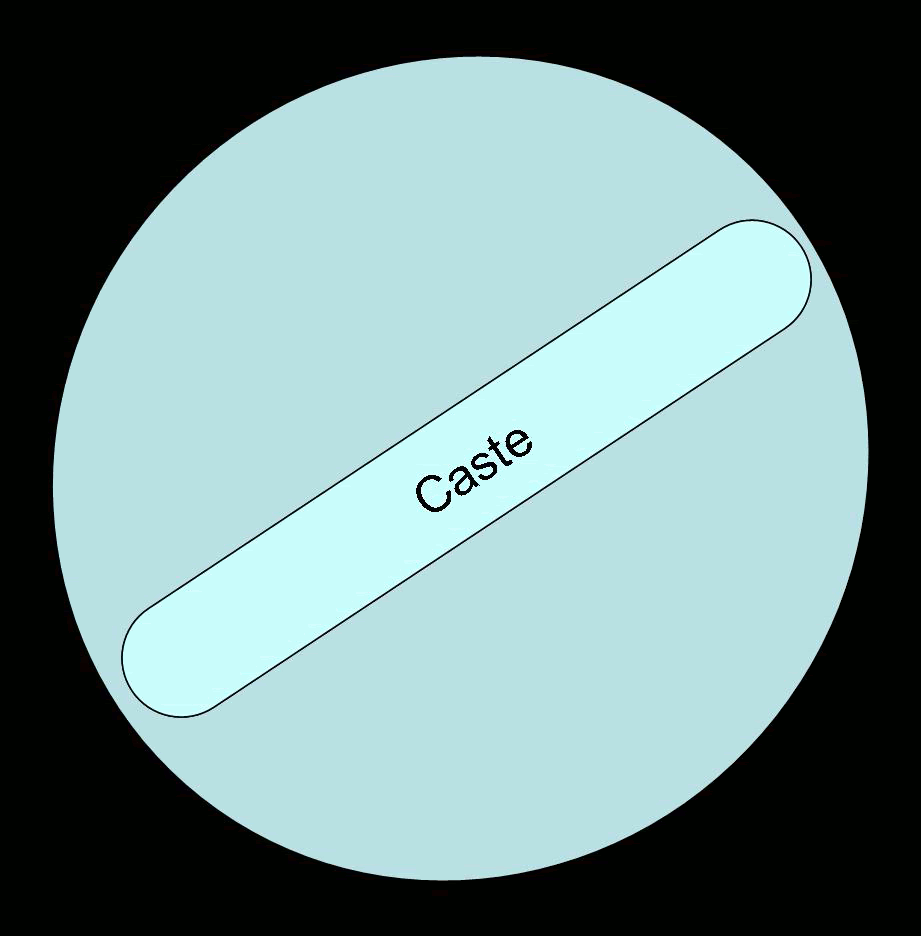A disclosure to begin with; Dr Peck has been one of my favourite authors, (a psychologist /philosopher /motivator ), I tend to agree with most of his ideas (not a good thing for independent thinking). Moreover, having been through "Road less travelled", "Further along Road less travelled" and Road less travelled and beyond", most of the anecdotes and case histories are so familiar.
The title reminds you of of CG Jung's "Modern man in search of a soul" It is always exciting when Physics, Metaphysic, Psychology and Parapsychology meet, like in "Tao of Physics"
The book covers the medical and spiritual aspects of Euthanasia and mortality. During our lifetime, we inevitably have to endure physical suffering such as pain, sickness, injury, tiredness, old age, and eventually death; and we have to endure psychological suffering like sadness, fear, frustration, disappointment, and depression.
It starts with an analysis of physical pain. There is good pain and bad pain , short term pain and chronic pain and there are gradations in severity of pain. After all the first step to relieve pain is to study pain. Here, we are introduced to the concept of palliative care and hospice, which focus on pain management rather than cure. While physical pain is more talked about, it is the emotional pain that Dr Peck considers more relevant to the issue of Euthanasia.
"The question is not merely "what is the name of the disease ? but whether the disorder is purely biological or purely psychological or a mixture of the two. If it is a mixture, which is the case as often as not, what are its proportions ? 50-50, 90-10 , or 10-90 ?Social and spiritual factors must be considered. I could argue that almost all diseases are bio-psycho-socio-spiritual disorders"
After Physical and Emotional pain , the author goes on to Social and Spiritual aspects of Euthanasia. There is a chapter on Secularism. While Indian secularism implies going to every place of worship, the American secularism, stays away from all religions.
Some of the terms discussed are 'pulling the plug', 'double effect', (relieving pain by increasing the dosage of painkiller, while risking speedy progression of the disease) , 'Physician assisted suicide', 'passive euthanasia', and 'right to death on demand'.
The author is not against Euthanasia,but against playing 'God'. He is just apprehensive about two things in particular; firstly, the inconsistent nature of medical cover in US and secondly, the rampant secularism. Specifically he is concerned about a number of things like not debating enough about euthanasia, leaving out the spiritual aspects in the discussions, and finally letting the economic aspects decide framing of laws, since it is the Insurance companies which are most affected by any law on Euthanasia.
He concludes that, in the absence of widespread debate on the issue, the nation might be mislead. It is likely that legal experts, medical experts and insurance companies who are averse to take into consideration any spiritual and emotional aspects, decide the fate of patients who, by and large believe in some kind of God.













